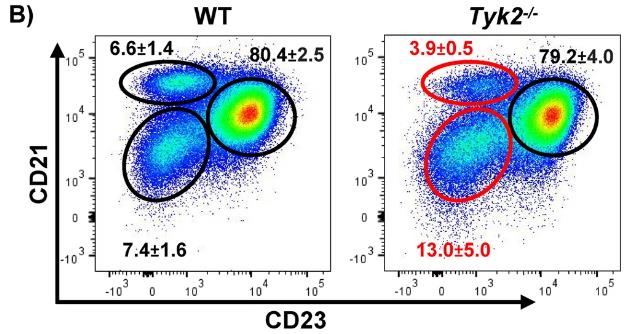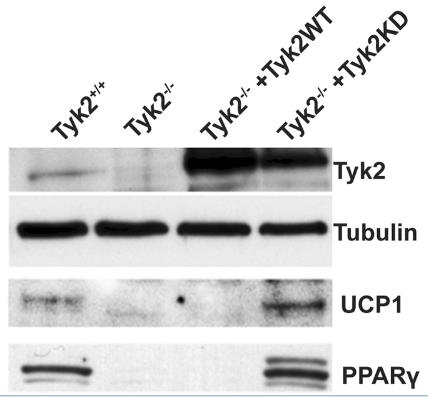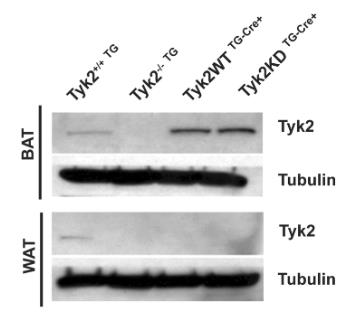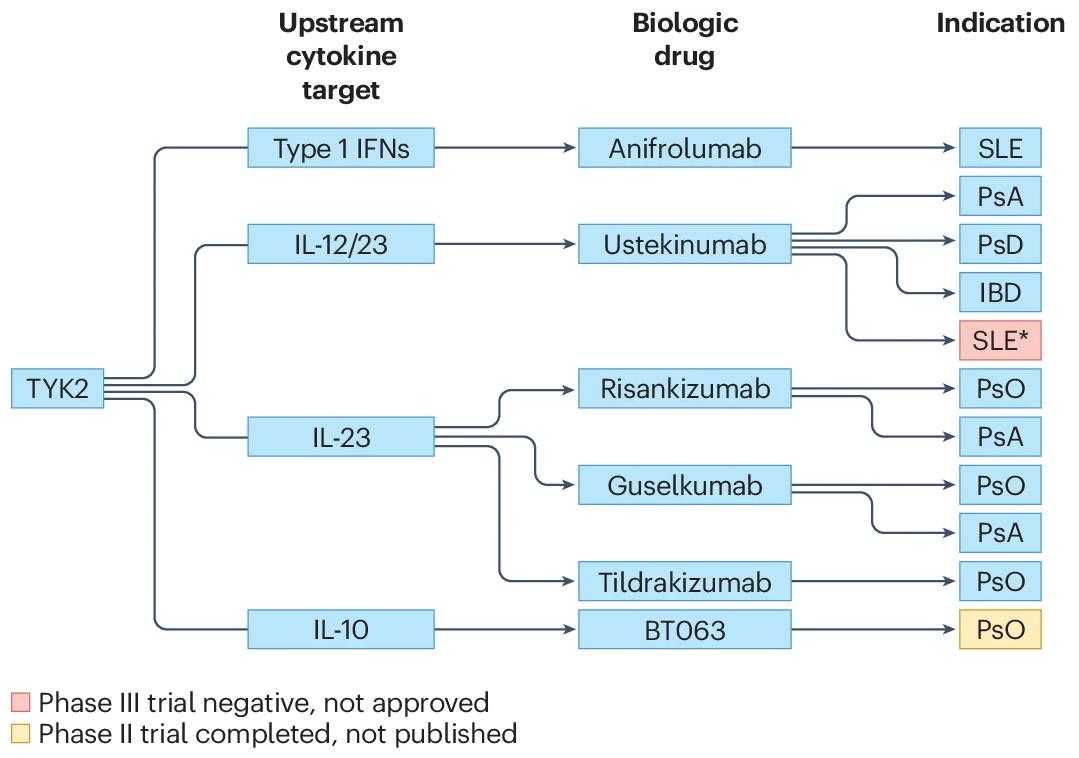Recombinant Mouse Tyk2 protein, His & T7-tagged
| Cat.No. : | Tyk2-7156M |
| Product Overview : | Recombinant Mouse Tyk2 aa. (His667~Asp914 (Accession# Q9R117)) fused with N-terminal His & T7 tag was produced in E. coli cells. |
- Specification
- Gene Information
- Related Products
- Case Study
- Application
- Download
| Species : | Mouse |
| Source : | E.coli |
| Tag : | His&T7 |
| Protein Length : | His667~Asp914 |
| Form : | Freeze-dried powder |
| Molecular Mass : | Predicted Molecular Mass: 31.2kDa |
| Endotoxin : | <1.0EU per 1ug (determined by the LAL method) |
| Purity : | >95% |
| Characteristic : | The isoelectric point is 6.7. |
| Applications : | SDS-PAGE; WB; ELISA; IP. |
| Stability : | The thermal stability is described by the loss rate of the target protein. The loss rate was determined by accelerated thermal degradation test, that is, incubate the protein at 37°C for 48h, and no obvious degradation and precipitation were observed. (Referring from China Biological Products Standard, which was calculated by the Arrhenius equation.) The loss of this protein is less than 5% within the expiration date under appropriate storage condition. |
| Storage : | Avoid repeated freeze/thaw cycles. Store at 2-8°C for one month. Aliquot and store at -80°C for 12 months. |
| Storage buffer : | Supplied as lyophilized form in PBS, pH7.4, containing 5% sucrose, 0.01% sarcosyl. |
| Reconstitution : | Reconstitute in sterile PBS, pH7.2-pH7.4. |
| Gene Name | Tyk2 tyrosine kinase 2 [ Mus musculus (house mouse) ] |
| Official Symbol | Tyk2 |
| Synonyms | Tyk2; tyrosine kinase 2; JTK1; non-receptor tyrosine-protein kinase TYK2; tyrosine kinase TYK2 |
| Gene ID | 54721 |
| mRNA Refseq | NM_001205312.1 |
| Protein Refseq | NP_001192241.1 |
| UniProt ID | Q9R117 |
| ◆ Recombinant Proteins | ||
| TYK2-702H | Recombinant Human TYK2, His-tagged | +Inquiry |
| TYK228507H | Recombinant Human TYK2 (883-1182) (Q969A, E971A, K972A) Protein | +Inquiry |
| TYK2-6527H | Recombinant Human TYK2 Protein (Cys915-His1173), N-His tagged | +Inquiry |
| TYK23052H | Recombinant Human TYK2 (888-1178) (Q969A, E971A, K972A) Protein | +Inquiry |
| TYK236306H | Recombinant Human TYK2 (888-1178) (Q969A, E971A, K972A, C1142A, C939A) Protein | +Inquiry |
| ◆ Cell & Tissue Lysates | ||
| TYK2-1867HCL | Recombinant Human TYK2 cell lysate | +Inquiry |
Case 1: Bodega-Mayor I, et al. Cell Mol Life Sci. 2024
TYK2 plays a role in IFN-I signaling in B cells, a process that is important for antiviral defense but not fully understood. Researchers investigated TYK2's function in B cells by comparing Tyk2-deficient (Tyk2-/-) mice with wild type (WT) mice under normal conditions and after in vitro activation. They found differences in B cell subpopulations, with reduced marginal zone (MZ) cells and increased aged B cells (ABC) in Tyk2-/- mice, while follicular (FO) cells were unchanged. RNA sequencing showed changes in IFN-I and TLR7 signaling genes in Tyk2-/- mice. Flow cytometry confirmed lower TLR7 expression in MZ B cells from Tyk2-/- mice. B cell cultures from Tyk2-/- mice had decreased proliferation and differentiation in response to TLR7 ligands, with reduced secretion of IgM, IgG, IL-10, and IL-6, which was partially reversed by adding IFNα.

Fig1. Representative dot plots of 3-month-old WT and Tyk2−/− mice are shown.

Fig2. Absence of MZ cells in 2 week-old Tyk2−/− mice.
Case 2: Raje V, et al. Endocrinology. 2017
Brown adipose tissue (BAT) is crucial for temperature regulation in hibernating animals and human infants, and recent findings reveal its presence in adult humans, where it inversely relates to body weight. PRDM16 is a key transcription factor in the differentiation of brown preadipocytes. This study discovered that Tyk2, a Jak family tyrosine kinase, and STAT3 are also essential for this process. Interestingly, a kinase-dead mutant of Tyk2 (Tyk2KD) can restore brown preadipocyte differentiation in vitro and in Tyk2-deficient mice, and it can also reverse obesity in these mice. This restoration is believed to occur through Tyk2KD dimerizing with active Jak1 or Jak2, as indicated by Jak-selective inhibitor treatments.

Fig1. Representative western blot of immortalized Tyk2+/+ or Tyk2−/− preadipocytes reconstituted with Tyk2WT or Tyk2KD.

Fig2. Representative western blot from 3-month-old mice showing expression of Tyk2 and kinase-inactive Tyk2 transgene in BAT.
Recombinant mouse Tyk2 protein is an important non-receptor tyrosine kinase, belonging to the Janus kinase (JAK) family. It plays a role in a variety of biological processes, especially in cytokine signaling and host immune responses. Tyk2 protein is involved in the signaling of a variety of cytokines, including type I interferon (IFNs), interleukin (IL-12), and IL-23, which play a key role in regulating the activation, proliferation, and differentiation of immune cells.
In terms of practical applications, inhibitors of the Tyk2 protein are being developed to treat a variety of immune-mediated diseases. For example, Tyk2 inhibitors show potential in the treatment of autoimmune diseases such as psoriasis, inflammatory bowel disease, systemic lupus erythematosus, and others. By inhibiting the activity of Tyk2, the pathological immune response can be reduced, thereby reducing the symptoms of the disease. In addition, the Tyk2 protein also plays a role in cancer metastasis, and its inhibitors may also be an effective therapeutic agent for certain types of cancer.
In drug development, the selectivity of Tyk2 inhibitors is critical because other members of the JAK family are also involved in important biological processes. Therefore, the development of Tyk2 inhibitors with high selectivity could reduce potential side effects for other members of the JAK family. Currently, several Tyk2 inhibitors have entered clinical trials to evaluate their safety and efficacy in the treatment of these diseases.
It is important to note that there may be differences in the sequence of Tyk2 proteins across species, which may affect the effectiveness of the drug in preclinical models. For example, certain amino acids in mouse Tyk2 proteins differ from human Tyk2 proteins, which may cause certain Tyk2 inhibitors to behave differently in mouse models than in humans. Therefore, in the drug development process, these species differences need to be studied in detail to ensure the effectiveness and safety of drugs.

Fig1. Potential indications for TYK2 blockade. (Eric Morand, 2024)
Not For Human Consumption!
Inquiry
- Reviews (0)
- Q&As (0)
Ask a Question for All Tyk2 Products
Required fields are marked with *
My Review for All Tyk2 Products
Required fields are marked with *



